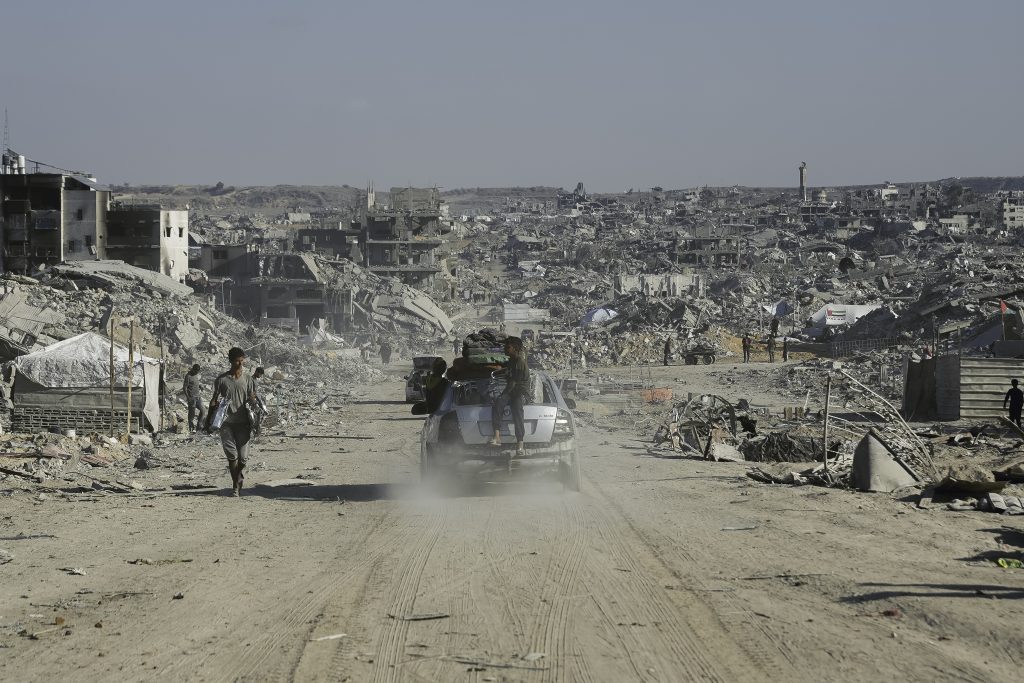No Way Out of Poverty
Rya is a garment worker in Phnom Penh, Cambodia. Photo: Caroline Leal/Oxfam
This story was originally published on WhatSheMakes.ca
It’s 5AM. Rya’s alarm rings. It’s time to wake up and start the day. Rya rents a room near the garment factory where she works at in Phnom Penh – a single room which she shares with 4 other roommates. The room is modest. A low hanging ceiling fan tries its’ best to ventilate the stuffy room worsened by the unforgiving Cambodian heat; a few t-shirts are hung on the wall next to a bag of red onions.
She embarks on her daily ritual of preparing meals for the day ahead. The rhythmic chopping of vegetables and the sizzling of the pans will soon be followed by the loud noises of sewing machines and heavy machinery used to construct garments for brands, stores and consumers halfway across the world.
Rya works 8 to 10 hours a day and averages a monthly salary of $200USD – far from a living wage. Like many garment workers, she is the breadwinner for her family. In her case, she supports her aging parents and nephew usually sending $150USD to her family and keeps the little that is left to pay for everything else – rent, food, utilities. If it turns out not to be enough, she’ll borrow money from others and when her next pay comes, she’ll pay off some debt, send some home and keep little for herself. And the cycle repeats itself.
“Sometimes, I cannot afford [supporting my family] and I need to borrow money from people. The work is exhausting, but if I don’t do it, who will?”
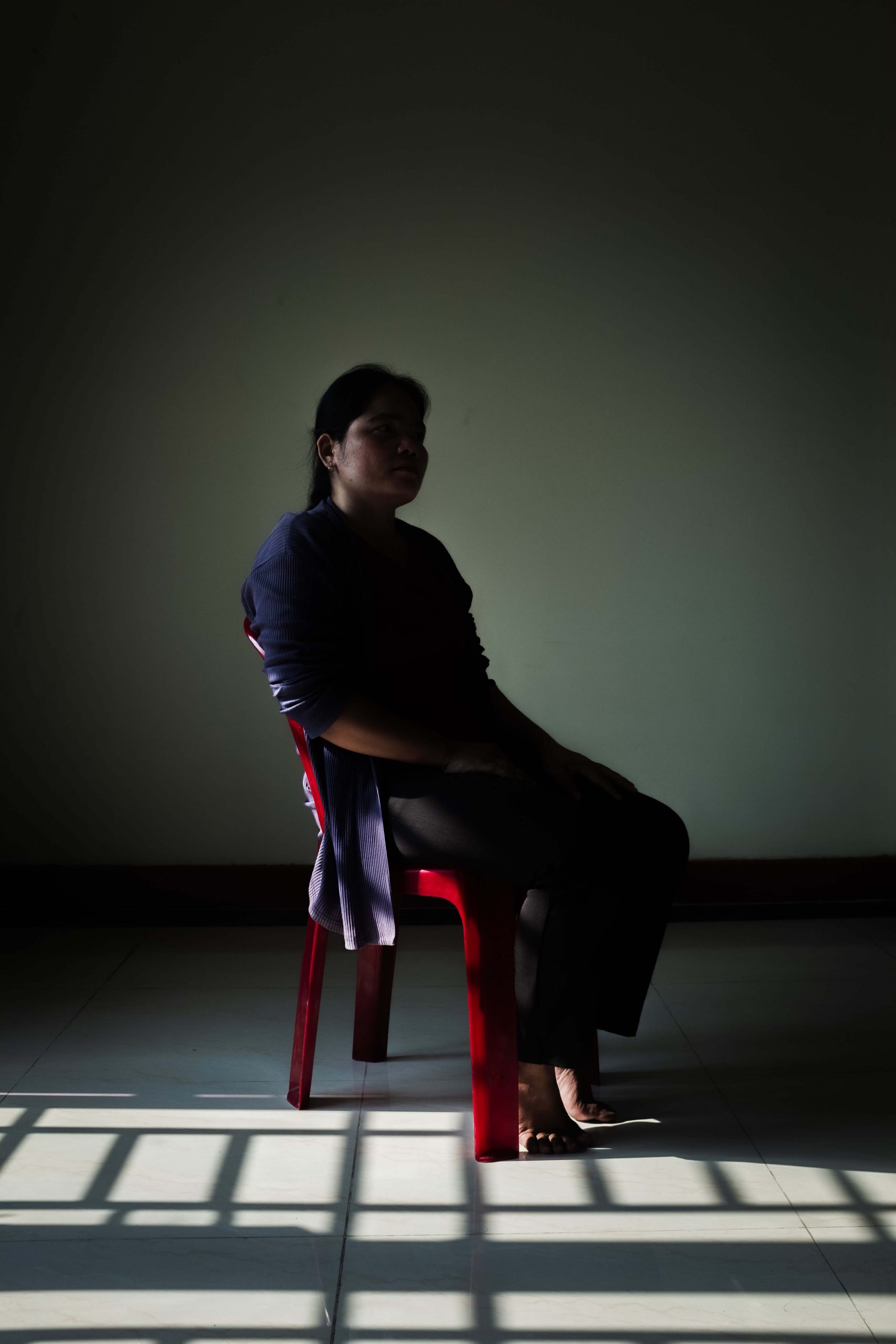
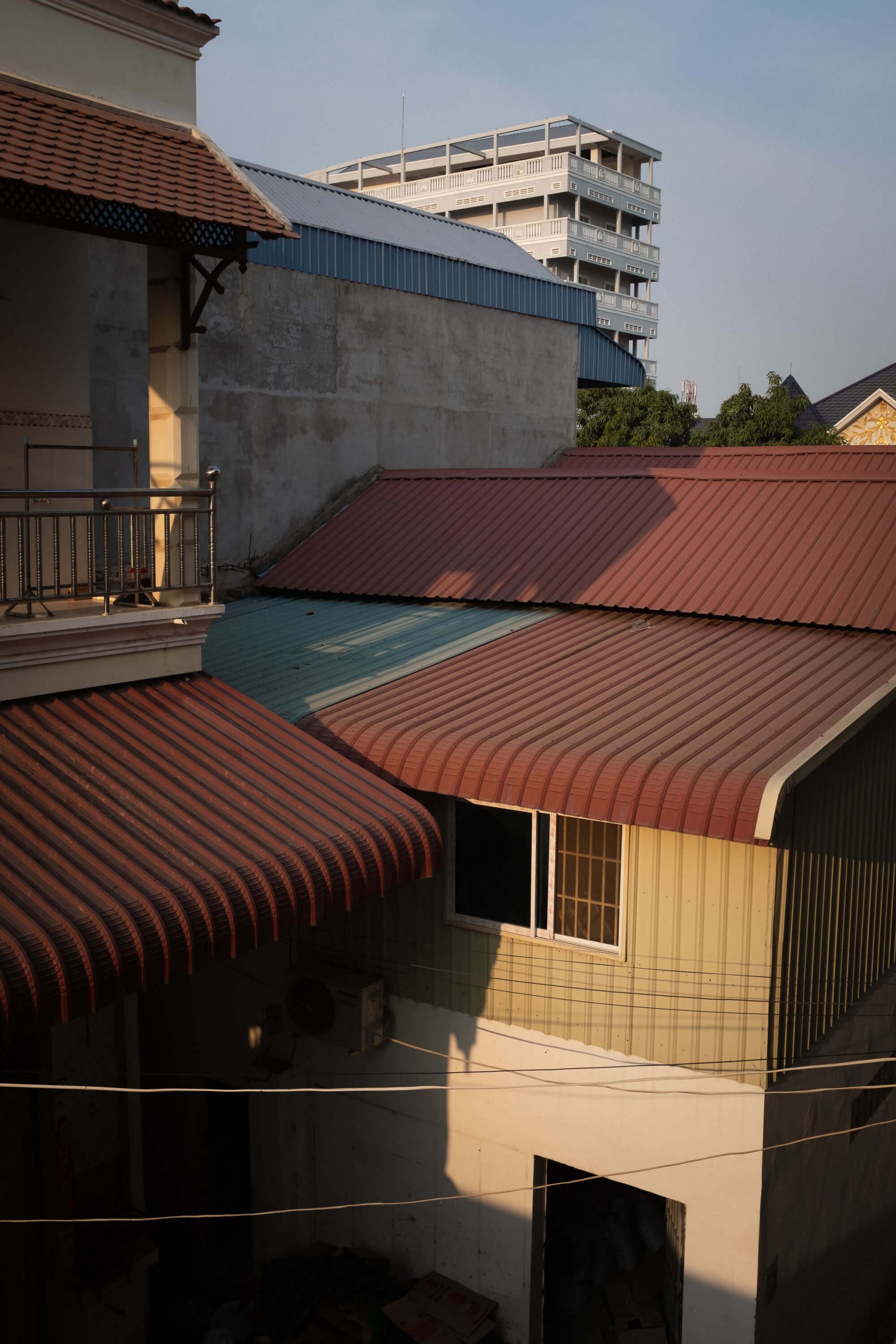
Apartment buildings house thousands of garment workers. Photo: Caroline Leal/Oxfam
Yang Sophorn, president of the Cambodian Alliance of Trade Unions. Photo: Caroline Leal/Oxfam
The Garment Industry Battle in Cambodia
The garment industry in Cambodia moves a tremendous amount of money. In 2022 alone, the industry represented more than half of the country’s total exports and were valued at more than $22 billion, according to reports from the General Department of Customs and Excise of Cambodia.
These exports would not be possible without the 800,000 workers it employs, 85% of them women. While the workforce is strong in numbers, its power to unionize is regularly challenged.
“Workers are afraid of organizing. They are afraid because they are concerned that they could lose their job because they are organizing,” says Yang Sophorn, president of the Cambodian Alliance of Trade Unions (CATU) and a former garment worker of 7 years herself. Incensed by the unfair treatment of her colleagues, she joined the Free Trade Union of Workers of the Kingdom of Cambodia (FTUWKC) where she became vice president. During her tenure, the president of FTUWKC, Chea Vichea, was shot and killed in 2004.
This did not deter her.
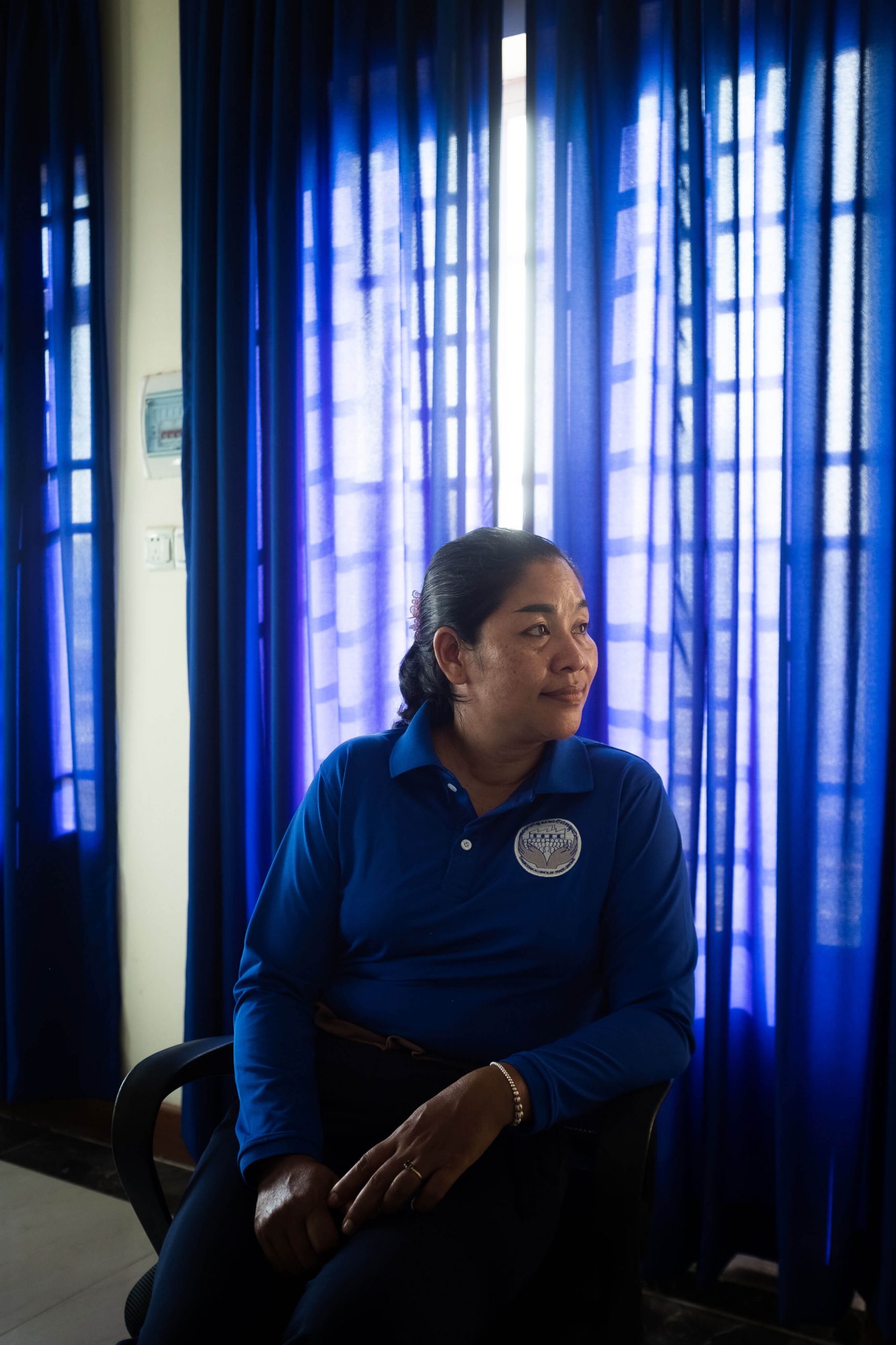
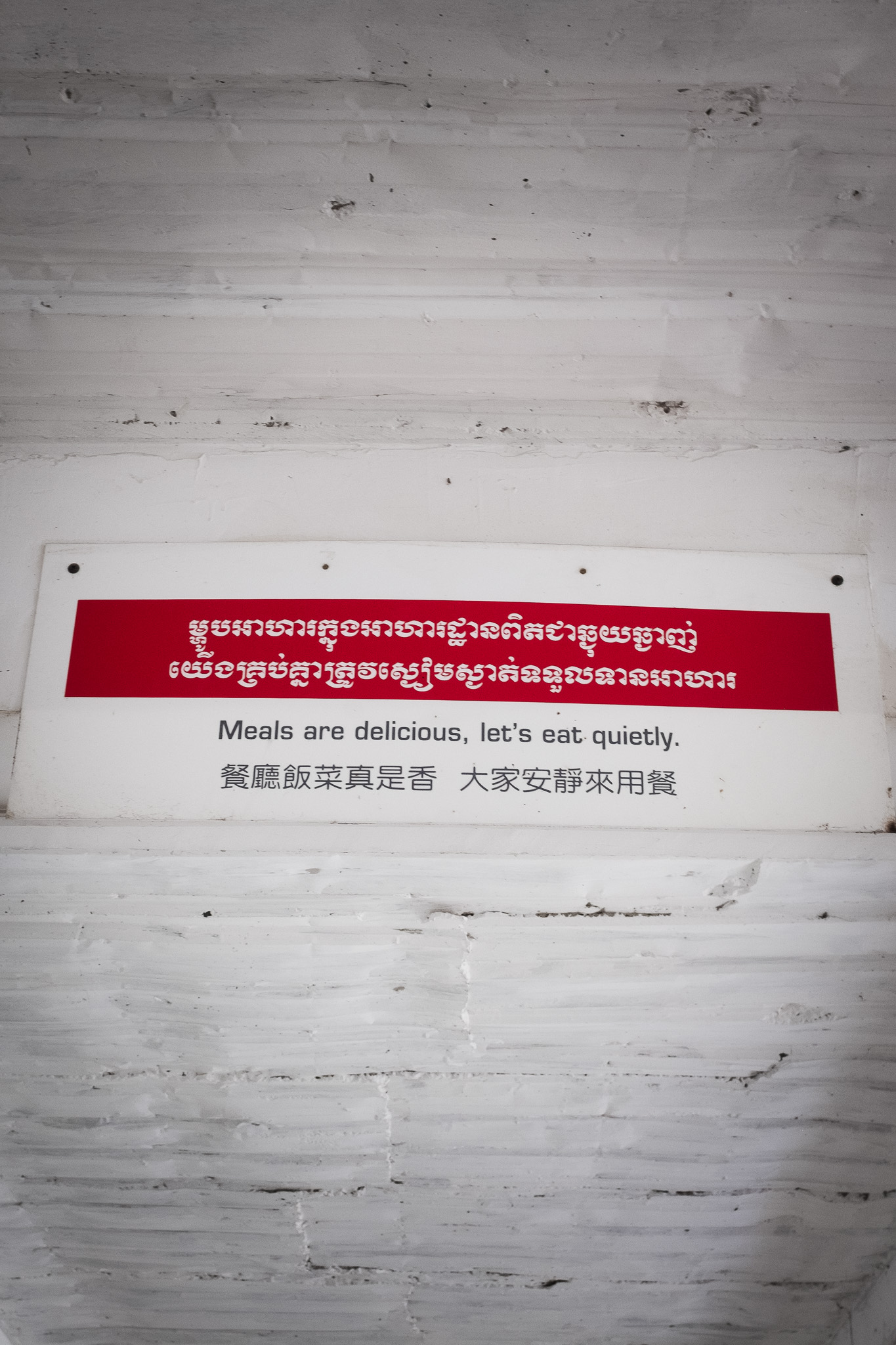
Photo: Caroline Leal/Oxfam
Sophorn admits that civic space has increasingly become more restrictive, making it difficult for unions and activists to work in a conducive environment. Following the new trade union laws which make it increasingly difficult for unions to form without government approval, the right to collective bargaining and freedom of association and assembly has been stifled. Sophorn has also been given two direct warnings from the ministry of labour for standing in solidarity and protesting with factory workers across Phnom Penh.
In spite of these recent setbacks, Sophorn presses on. “You need clothing? We need rights.”
Photo: Caroline Leal/Oxfam
Chasing Moving Targets
Back at the factory, the workday is not over for Rya. The clock is ticking, the machines are clattering – and the production targets keep rising. The targets are not fixed, and they change from day to day.
“If they set out for us to produce 60 units per hour, we try to make that by working hard and not going to the bathroom,” Rya explains. If workers manage to meet the target one day, the target is increased the next day. “When we manage to achieve it, the next day the requirement increases to 70. We have to keep chasing this moving target.”
The pressure to meet production targets also affects the workers’ ability to take breaks. As Rya explains, there is no fixed schedule for when workers can go to the toilet, and if they take too long, they are scolded for not keeping up with production. This puts a lot of pressure on female workers, who may need to take longer breaks due to menstrual cramps or other health issues.
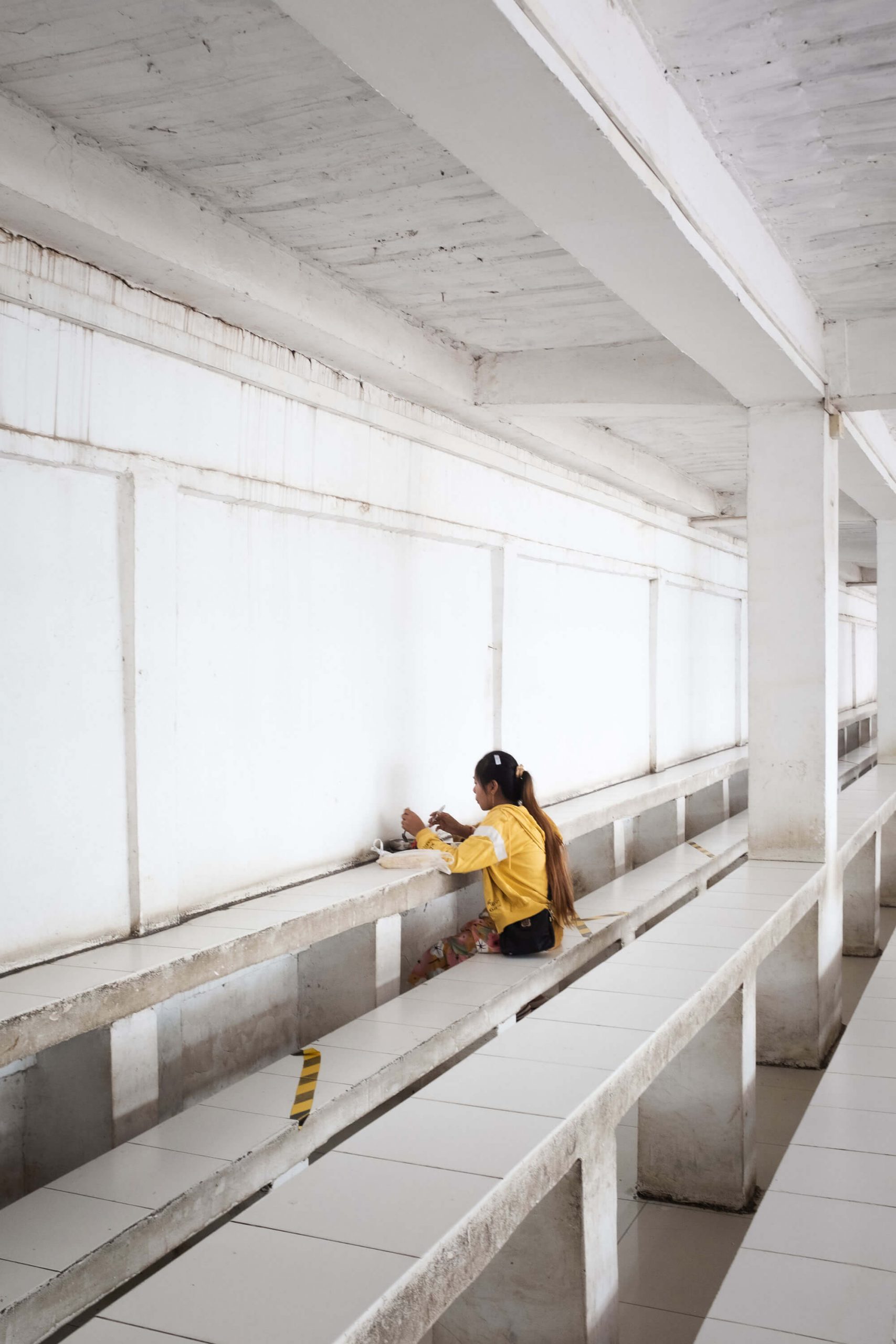
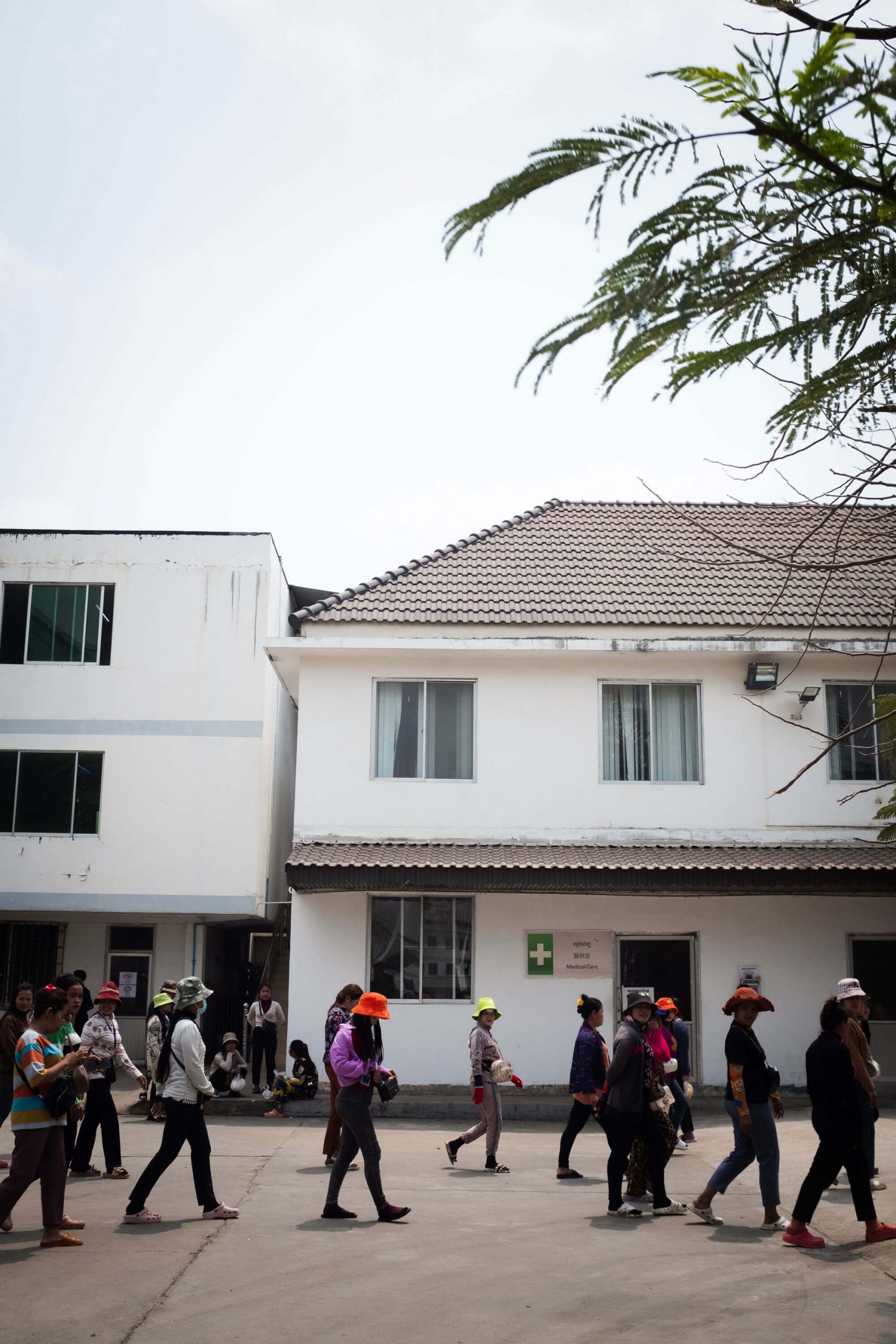
Lunchtime at the garment factory. Photo: Caroline Leal/Oxfam
As a union leader, Rya is a focal point for her unionized colleagues meaning they may come to her to file complaints against the employer. With the support of Sophorn and her team at CATU, Rya is empowered to stand up for workers’ rights. It is through this advocacy work that unions like Rya’s and union organizations like CATU have achieved small wins towards the right to a living wage. In 2022, the national minimum wage was increased to $200USD and will be reviewed on an annual basis.
Unfortunately, the newly minted minimum wage is far from a living wage, falling 13% below the estimated living wages in urban Cambodia. This leaves workers struggling to cope with rising costs exacerbated by the COVID-19 pandemic and an inflation rate of 5.3%. What would a living wage represent to Rya? “Affording a larger living space, enough food and clothing, being able to see a doctor” she lists, “it would mean a decent life.”
Rya heads home after a long workday. Photo: Caroline Leal/Oxfam
For Sophorn, it’s essential for brands to take responsibility for the conditions under which their garments are made. “Brands and consumers need to remember the garment workers, the women who make your clothes,” she adds.
It’s closing time at Rya’s factory. Streets are made busy with scooters and trucks driving garment workers home. As the sun sets, Rya picks up a few more vegetables from a street vendor and heads home to her roommates. Tired from the long day, it’ll be an early night in. Rya reflects on her reality as a garment worker and union leader admitting feeling scared at work. But she believes that someone has to protect the workers’ rights and interests. “I have fear,” Rya says with a tear in her eye, “but I also have the courage to face it.”
